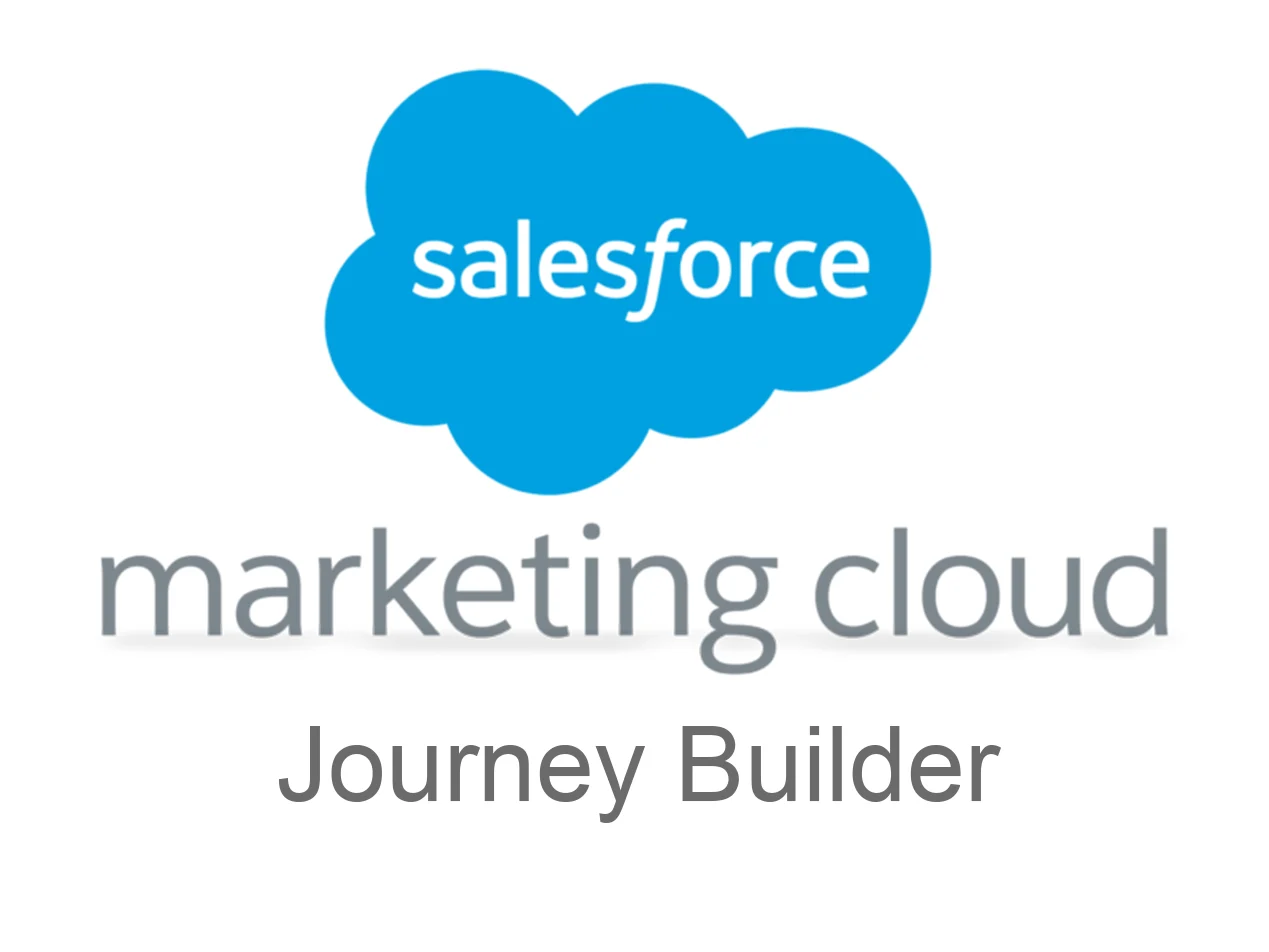To begin mapping the customer journey, first develop the characteristics of your user personas. To start the process, answer some questions.
- What roles do the top two or three users have?
- What are their responsibilities, challenges, goals, and motivations?
- What do they want to accomplish on your site?
- What do you want them to do while on your site?

You can then start asking some questions about the customer journey to detail the sequence of customers’ key activities on your site and other web properties. Where possible, seek input from your support, sales, and marketing teams.
- To meet their goals, what type of content do your customers need?
- Are customers looking at your content for informational or learning purposes?
- Are they accessing the site using desktop or mobile devices?
- What do they do when they access the site?
- Which interactions are most important?
- Can you understand and quantify your customer behavior?
Trying to convince a prospect to become a customer without knowing where they are in the buying journey is like putting on a blindfold, throwing a dart, and hoping it hits the bullseye.

Another way to think of the journey map is to picture the funnel it is directing customers through:
- Awareness
- Interest
- Consideration
- Purchase
- Retention
These three steps generally make up most journeys: Awareness, Consideration, and Conversion. These customer journey stages are most suitable for offline purchases. With the progress of digital platforms, two critical additions appear in the customer experience: Retention and Advocacy.













